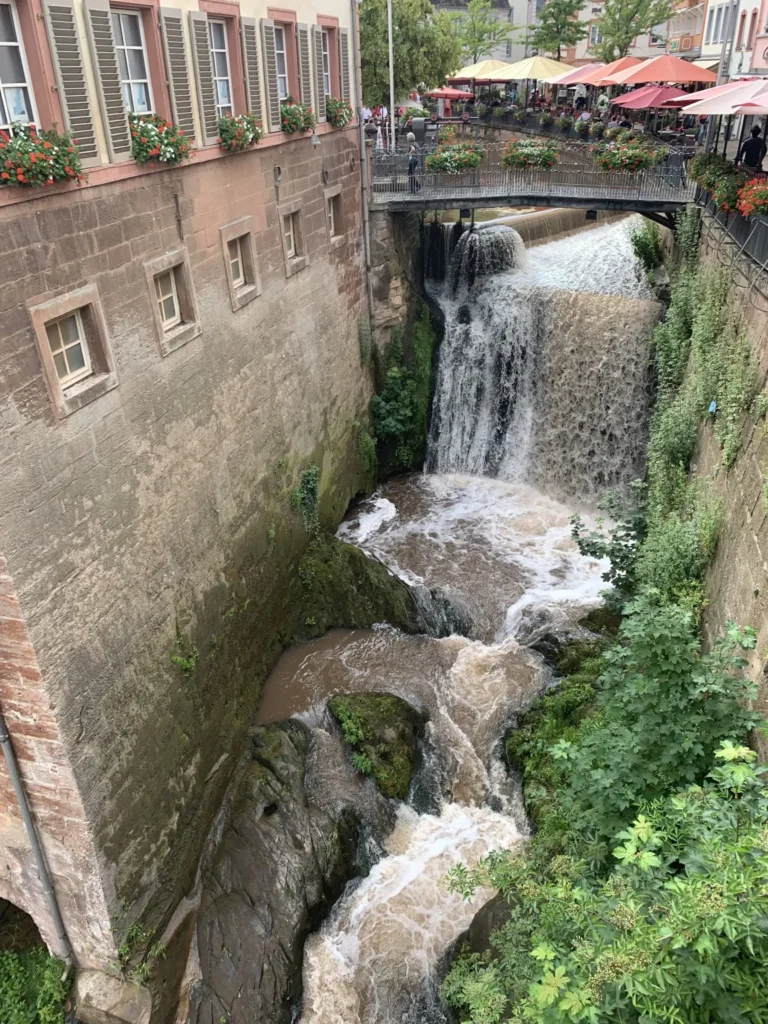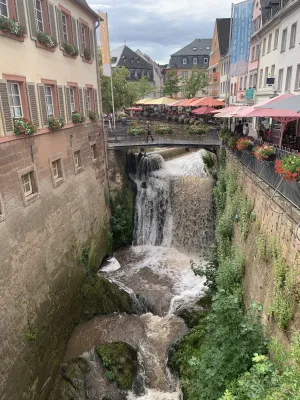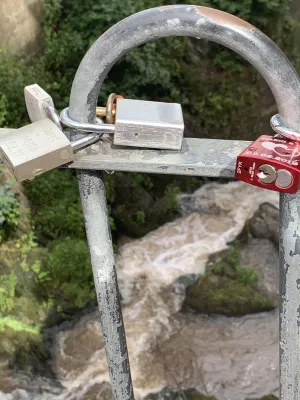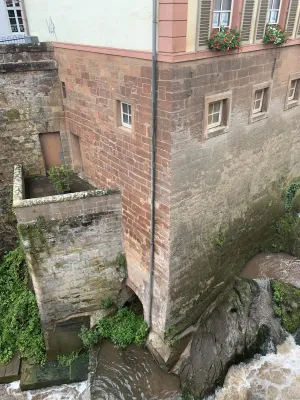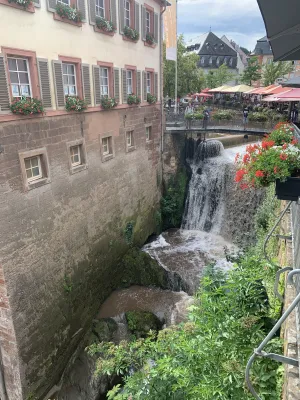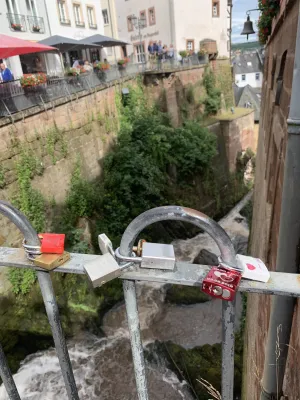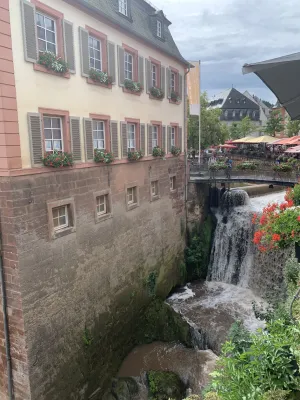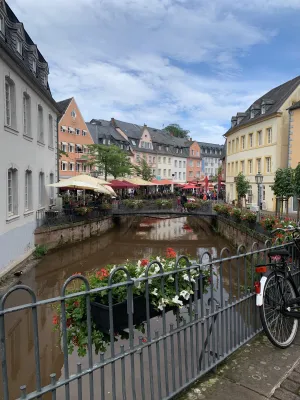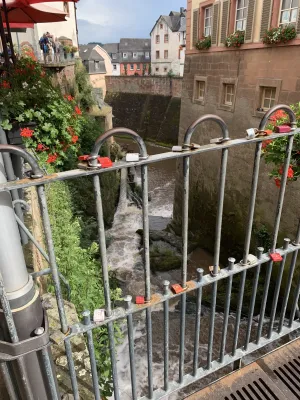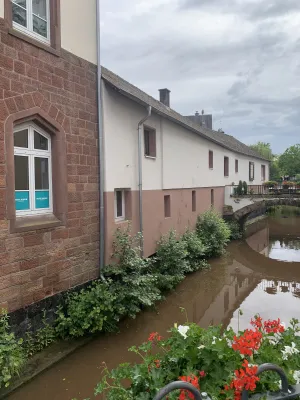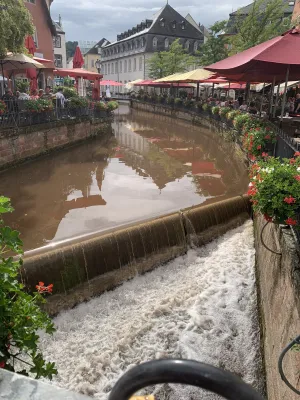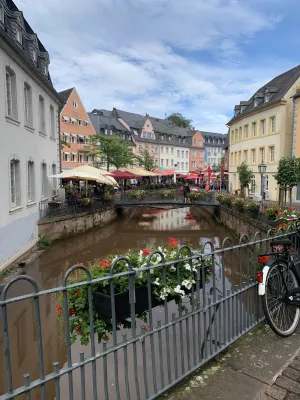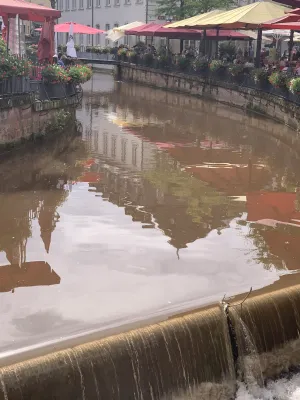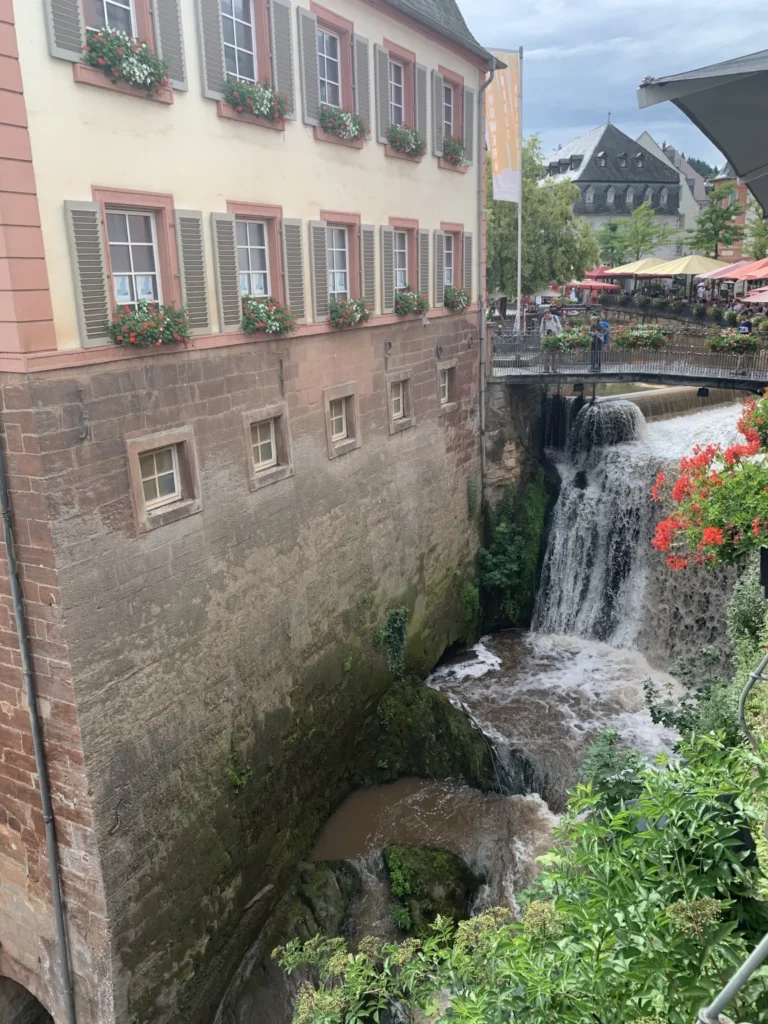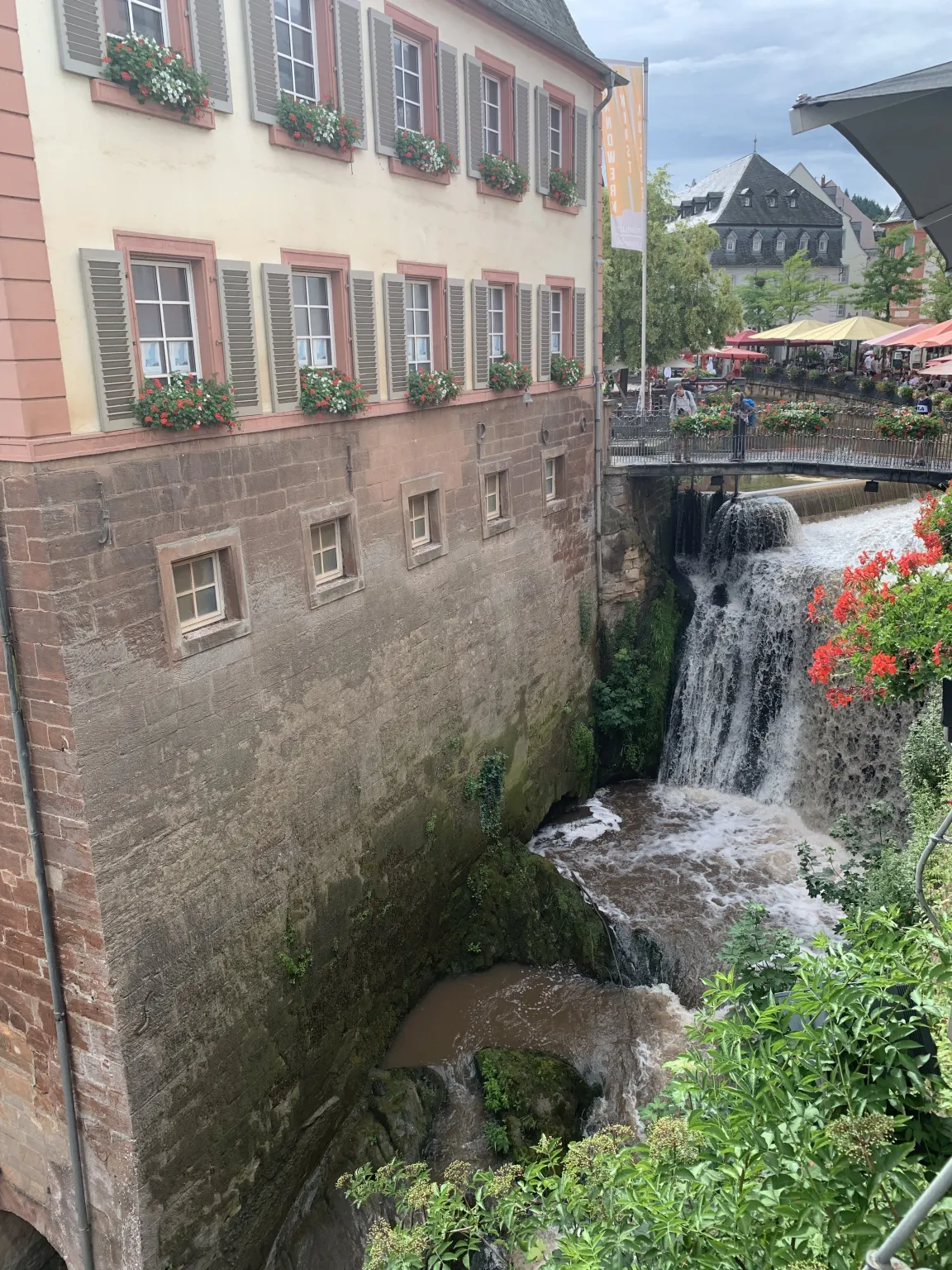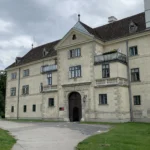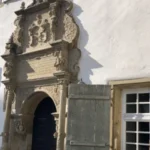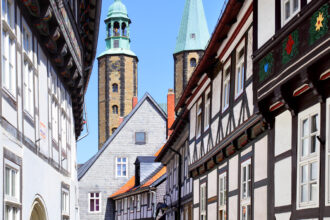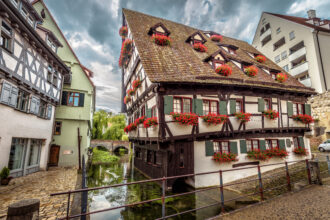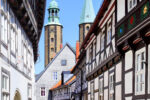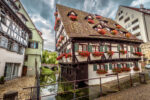The most significant attraction in the romantic city of Saarburg, which is picturesquely nestled among forests and vineyards, is the waterfall that plunges 20 meters over rocky cascades in the middle of the city. This beautiful natural spectacle was created in the 13th century on the orders of Elector and Archbishop Kuno of Trier, who had the Leukbach stream, which flowed around Saarburg and fed the fish ponds and moats of the castle complex, diverted between the narrow streets through the town. The reason for this was not only to ensure that there was sufficient water available for firefighting, but also to use the water power to drive the grain and oil mills built below and to power the paddle wheels. In the 17th century, the electoral mill was built at the upper weir, its grinding mechanism powered by water power via a water wheel. The water wheel also drove the dynamo installed in 1898, which provided electrical energy for 20 carbon filament lamps, Saarburg’s first electric street lighting. Due to the increasing demand for electricity, the water wheel was replaced by a turbine and a generator was installed. From 1935 onwards, the power supply and the power station located in the town were taken over by RWE, which is now located in the Amüseum, housed in the electoral mill. Right next to it is the Hackenberger Mill, which houses a mill museum. Saarburg, with its picturesque old town with winding alleys, rows of small houses on huge oak piles, colorful fishermen’s houses, bell foundry, and many small stream bridges, is not called Little Venice for nothing. Especially when the waterfall is illuminated in the evening, it exudes pure romance.
